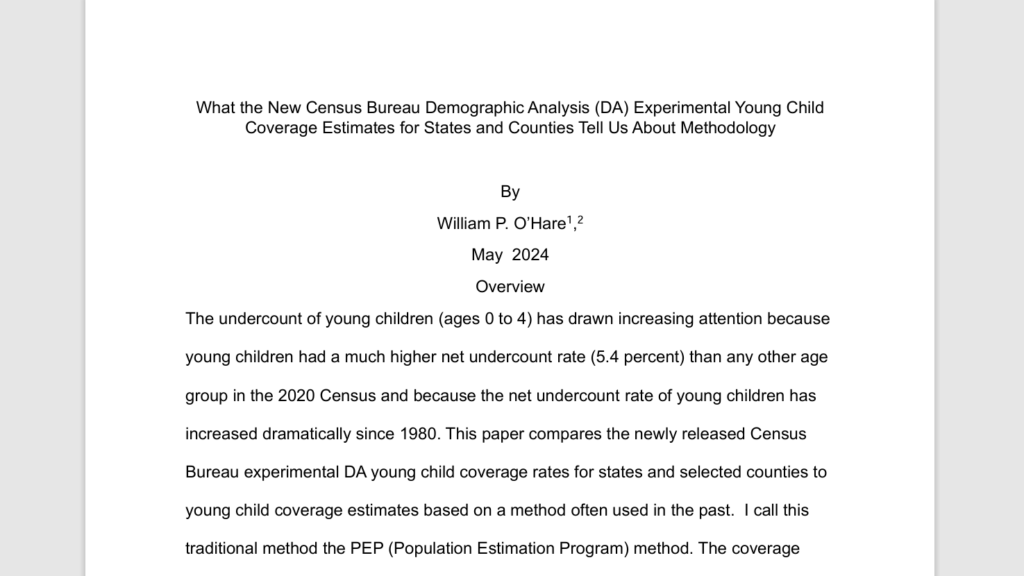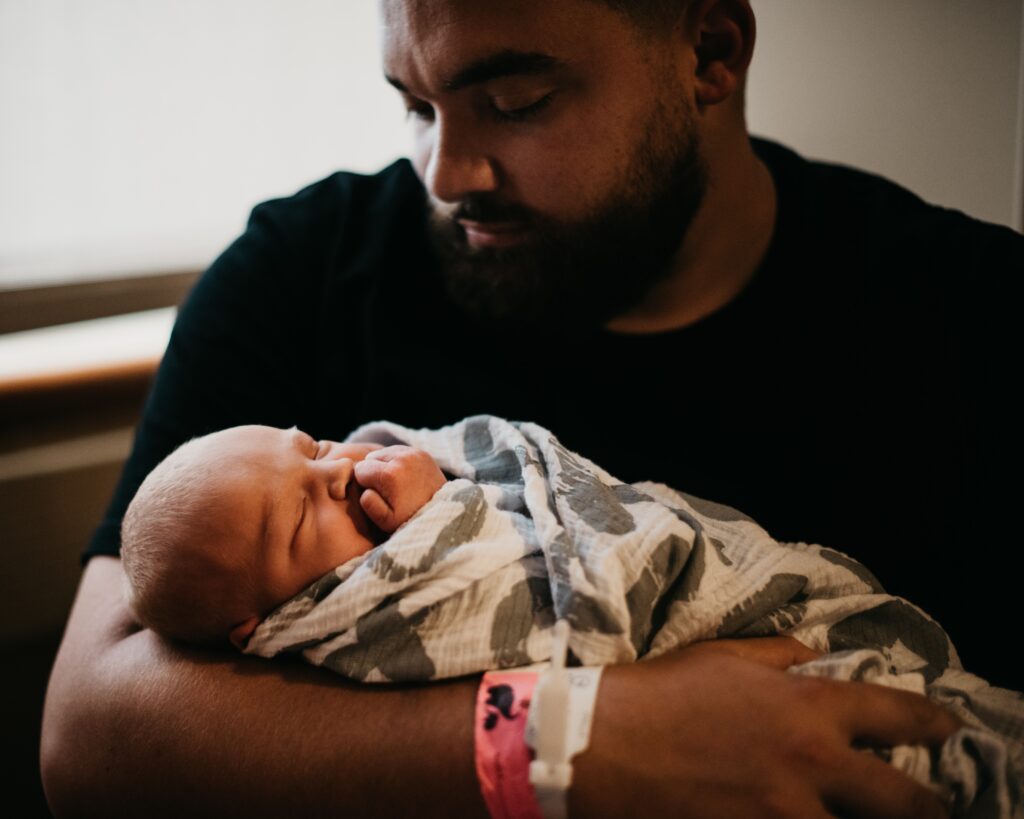In the 2020 Census, the undercount of young children (ages 0 to 4) was 5.4 percent which is much higher than any other age group. Moreover, the net undercount of young children has tripled since the 1980 Census while the coverage of adults improved, and the coverage of older children was stable. This makes counting young children one of the most vexing problems faced by the U.S. Census Bureau.
In light of the high net undercount of young children, the Census Bureau has recently expanded work in this area. The new experimental undercount estimates for young children are part of that expanded effort. On April 11, 2024, the U.S. Census Bureau released an experimental series of coverage estimates for the population ages 0 to 4 for states and selected counties.
In this paper, results for states based on the DA method are compared to the results of the PEP method for states then results for counties based on the DA method are compared to the results of the PEP method for more than 1,900 counties for which the DA method produced data.









Count All Kids Steering Committee Response to Updated Standards for Race and Ethnicity Data Collection
Statement from the Count All Kids Steering Committee Members Response to U.S. Office of Management